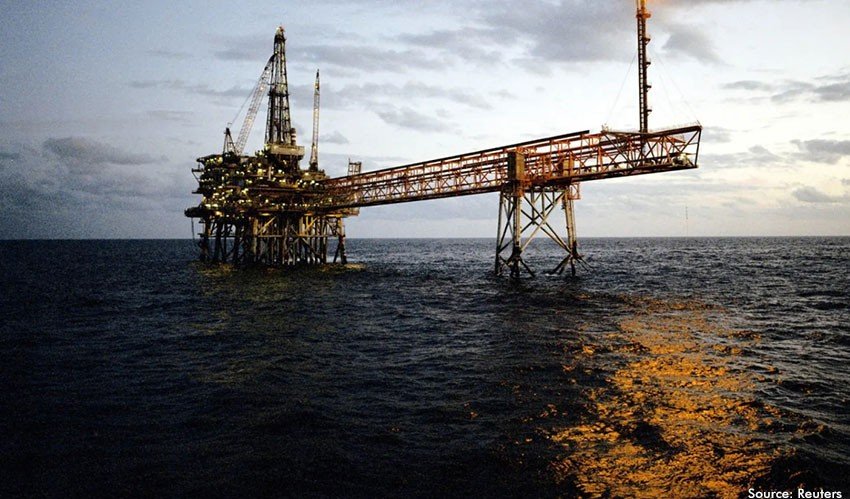
As part of the country’s six-year licensing round launched in 2019, Angola will open its next international tender in 2025. Currently, the National Oil, Gas & Biofuels Agency the country’s national concessionaire – is finalizing contract negotiations for the 2023 bid round, which concluded in January 2024 and secured 53 bids.
As new investment flows to the country’s upstream sector, Angola’s existing transport and logistics infrastructure is poised to support new concessions, accelerating exploration and the success of new oil and gas developments.
Licensing rounds target production increase. Angola aims to produce 1.1 MMbpd until 2027, increasing production to 2 MMbpd in the long term. To achieve this, the country is inviting investment in exploration through the promotion of its six-year licensing strategy.
Currently, the ANPG is finalizing production sharing negotiations for a 12-block tender launched in 2023. Nine companies qualified as operators in the tender, while five companies qualified as non-operators.
In addition to new licensing opportunities, Angola has a range of acreage on permanent offer. Speaking at an AOG 2024 networking function in Houston last March, Alcides Fernandes Mendes de Andrade, Executive Administrator at the ANPG, outlined available blocks. These include “14 blocks offshore – 8 in shallow water and 6 in deep water. Most are high potential blocks in proven basins. [There are] 8 onshore blocks in the Congo and Kwanza basins,” he said.
Offshore, available deepwater blocks include Block 32/21, Block 33/21 and Block 34/21 in the Lower Congo basin and Block 41, Block 42 and Block 43 in the Benguela and Namibe basins.
Shallow water blocks include Block 6/15, Block 7/21, Block 8/21 and Block 9/21 in the Kwanza Basin and Block 10, Block 11, Block 12 and Block 13 in the Benguela and Namibe Basins. Available onshore blocks include CON3 and CON7 in the Congo Basin and KON1, KON3, KON7, KON10 and KON 14 in the Kwanza Basin.
Existing infrastructure supports new concessions. Angola’s medium- to long-term strategy is to expand its infrastructure production capacity. This, in turn, will not only support the development of new discoveries, but also bolster production capacity and reduce imports. As such, the country is seeking direct investment in infrastructure, with several strategic projects in the pipeline.
Angola aims to construct an integrated terminal and logistics hub in Soyo, with the capacity to produce 65,000 bpd and store 2 MMbbl. Developed under a PPP model, the project offers investors an exemption on importations and a ten-year tax holiday and aims to start operations by 2026, with a license duration of 15-25 years.
Additionally, Angola is looking at developing the Kwanza Terminal and Pipeline Routes Project, featuring a 25,000-bpd production capacity, 1 MMbbl of storage capacity and offering similar financial incentives to that of the Soyo terminal. The project will also be developed under a PPP model and will start operating by 2029.
As a mature petroleum producer, Angola has already established the necessary infrastructure to process, distribute and export oil and gas. Strategic facilities include the Kwanda Logistics Base in Soyo – established as a supply and support base for Angola’s offshore oil and gas industry.
Kwanda is the location of the Angola LNG plant and supports offshore projects. Sonangol Integrated Logistics Services (SONILS) also operates an onshore supply base near the capital Luanda. The base supports 65% of the country’s daily oil production through services related to cargo handling, engineering, development and lease of specialized oil and gas facilities.
Additional infrastructure includes the Petromar Fabrication Yard in Soyo; the Paenal Fabrication Yard in Kwanza Sul; the Barra do Dande Ocean Terminal – with the capacity to store 582,000 m3 of liquid and gaseous fuels; and the Port of Lobito, which can handle 2.9 million tons of cargo per year, including the export of refined petroleum. An oil refinery is currently under construction in Lobito with a capacity of 200,000 bpd, set to boost the country’s overall refining capacity.
Read the latest issue of the OGV Energy magazine HERE
Published: 13-05-2024


